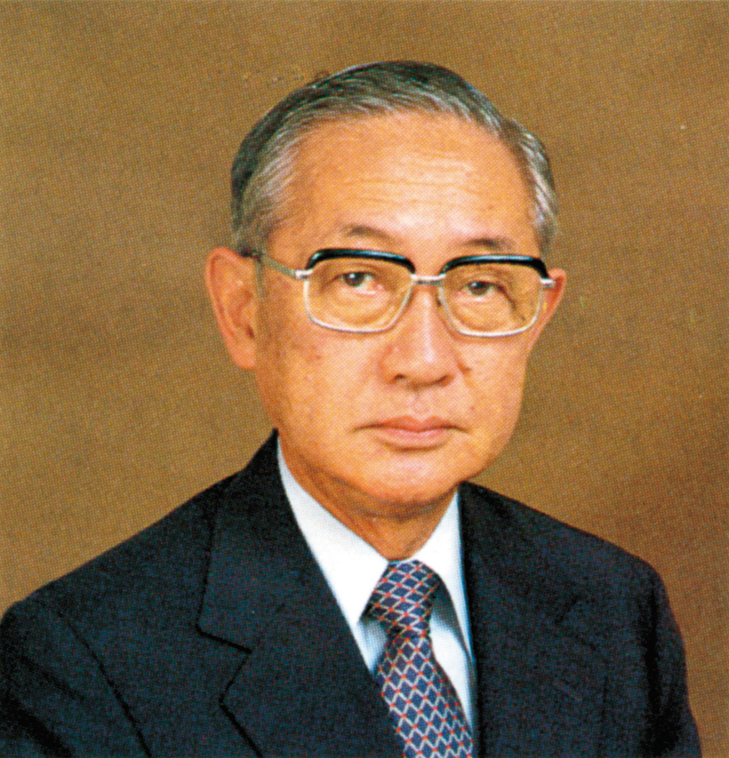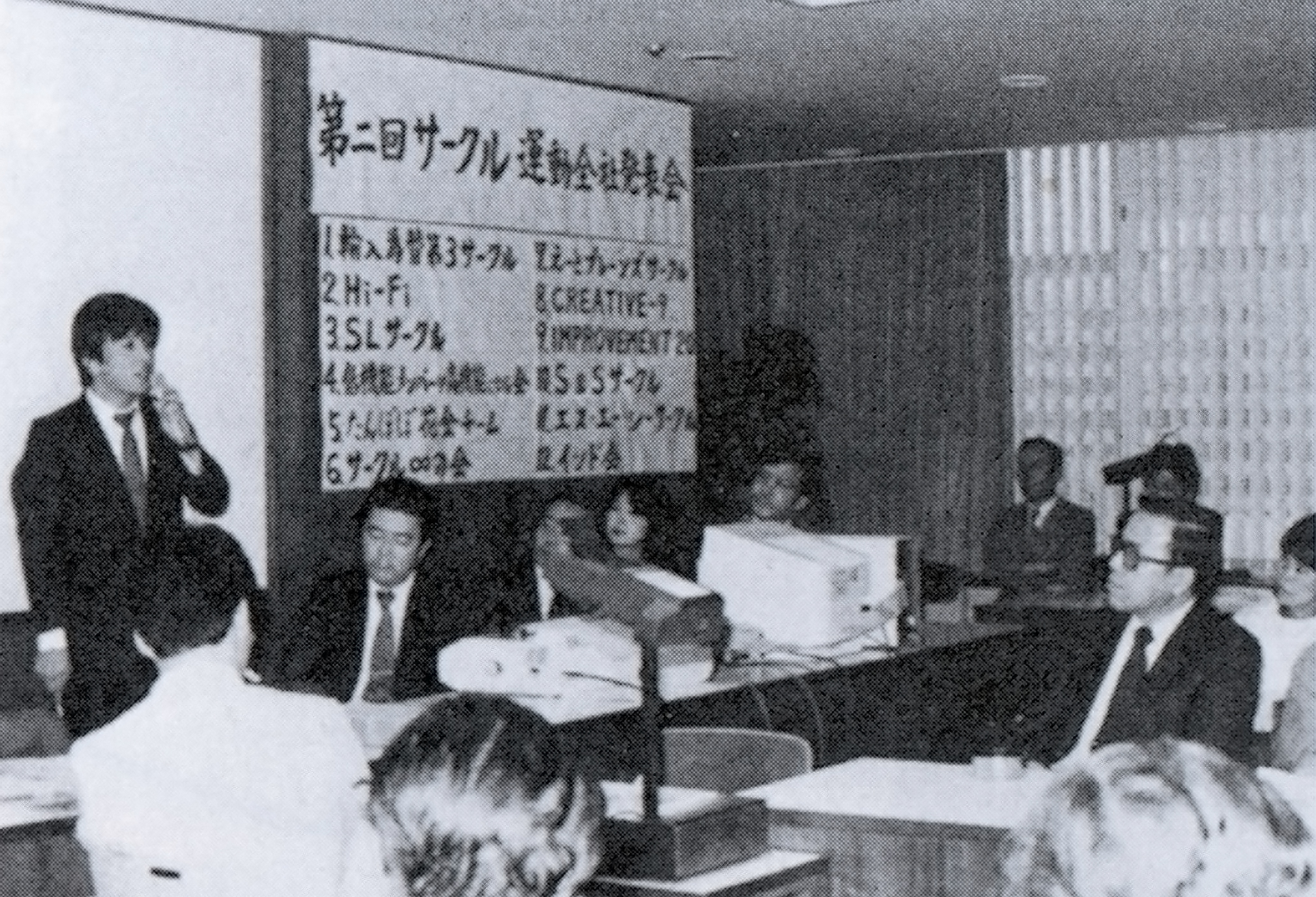Our Roots A history of rising to the challenge vol.10
Mobilizing Companywide Efforts to Withstand Tough Economic Conditions
MC Strives to Bolster Efficiency & Promote Organizational Reforms
We look back on efforts to bolster efficiency and promote organizational reforms under President Yohei Mimura.

Yohei Mimura became president of MC in June 1980 as the global economy continued to flounder due to the effects of the second oil crisis. In Japan, the basic materials industry, which consumed large quantities of imported raw materials and energy resources, was struggling; meanwhile, manufacturing and assembly-oriented enterprises, which utilized advanced technologies, were making great strides. This rapid reshaping of Japan's industrial structure had a large impact on shoshas because their business activities were heavily centered on the basic materials industry. MC also struggled as its earning power declined.
Through the autumn of 1979, President Mimura had served as president of Mitsubishi International Corporation in the U.S., where he gained a strong grasp of the prevailing business climate. As president of MC, he promoted an earnings-focused approach to objectives management, while also calling for greater streamlining of operations. In April 1982, MC established the Efficiency Promotion Committee, which was chaired by President Mimura. Operation Rainbow was subsequently launched as part of companywide efforts to increase efficiency, promote streamlining and improve productivity.
MC combined top-down measures, such as a 20% reduction in non-business personnel, with bottom-up initiatives like the Circle Movement, through which all employees were asked to examine everyday operations and propose concrete ways to increase efficiency. Business operations were reinforced with an influx of personnel as employees were transferred from non-business departments. Meanwhile, a focus on cost containment spread throughout the company while MC promoted efforts to eliminate redundant operations and simplify internal procedures.
The Executive Committee, which had previously served as an advisory body to the president, was repositioned as the company's supreme decision-making body in July 1982. Meanwhile, the Managing Directors' Meeting was eliminated, with portions of its responsibilities being taken up by three specialized management committees. Business operations were also extensively restructured, as 14 divisions were reorganized into 19 divisions under six Business Groups. Administrative departments and other corporate divisions were reorganized in April of the following year.
The early 1980s brought various difficulties, including trade friction between the U.S. and Japan, but many notable achievements were also realized in overseas business, including sales of steelmaking plants in the U.S. and power generation facilities in oil producing countries, as well as the full scale development of the Saudi Arabian Petrochemical Project and expansion of LNG business in Southeast Asia. Under President Mimura, employees across MC joined together to make concerted efforts to weather a period of low economic growth.
-

The first cargo delivery from Malaysia LNG arrives in Japan aboard the LNG carrier Tenaga Satu -

Presentation on Circle Movement activities